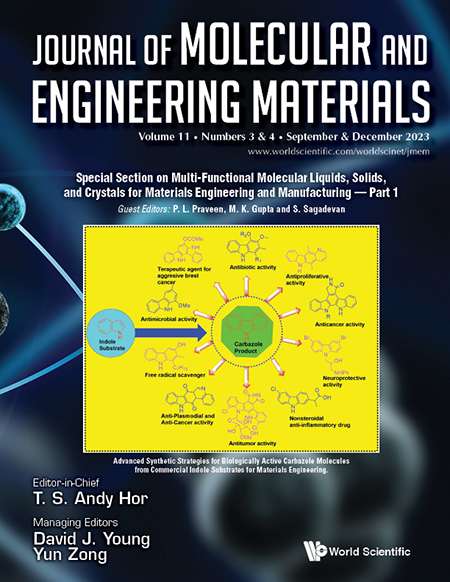Abstract
In the recent decade, due to the widespread distribution of infectious diseases, a significant series of compounds have been synthesized to fight these diseases. Among the different series of compounds, organotellurium(IV) complexes played a significant role in dealing with a variety of infectious diseases. In this connection, we have designed and synthesized six novel organotellurium(IV) complexes using 5-methyl-2-thiophenecarboxaldehyde (5MTCPT) Schiff base. The synthesized compounds were investigated by several spectral and computational techniques like FT-IR, 1H NMR, mass spectrometry, 1313C NMR, TGA, SEM/EDAX, DFT and Molecular docking. The spectroscopic results apparently demonstrate that ligand depicts bidentate complexation through N and S atoms. The in vitro pharmacological interpretation of these compounds was executed as effective antimicrobial and antioxidant agents. All the designed compounds were also subjected to geometry optimization with def2-T2VPP and def2-SVP. The optimized structures were used for the molecular docking studies, and it was identified that the tellurium complexes have more effective antimicrobial and antioxidant properties than the Schiff base (5MTCPT).


